Your vehicle is a complex machine comprised of various interconnected components, each playing a crucial role in ensuring a smooth and safe ride. One such critical component is the rack and pinion system, which is responsible for translating the driver's steering input into the movement of the vehicle's wheels. When this system develops a leak, it can lead to serious consequences for both your car's performance and your safety on the road.
In this blog post, we'll delve into the intricacies of rack and pinion leaks, exploring their causes, symptoms, and most importantly, how serious they can be for your vehicle.
Understanding the Rack and Pinion System:
Before we delve into the seriousness of a rack and pinion leak, it's essential to have a basic understanding of how this system works.
The rack and pinion system is a type of steering mechanism commonly found in modern vehicles. It consists of a rack, which is a linear gear, and a pinion, which is a small gear connected to the steering wheel. When you turn the steering wheel, the pinion rotates, causing the rack to move horizontally. This movement is then transmitted to the wheels, allowing you to control the direction of your vehicle.
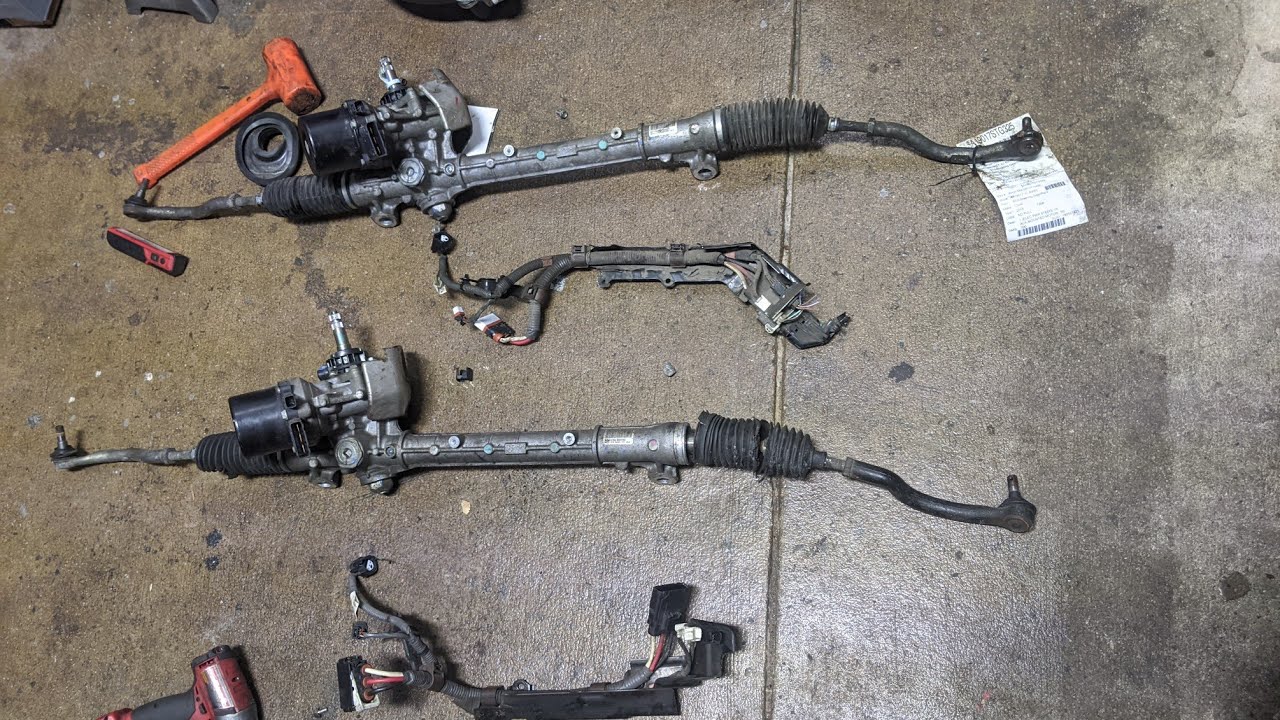
Causes of Rack and Pinion Leaks:
Several factors can contribute to the development of a rack and pinion leak, and understanding these causes is crucial in assessing the severity of the issue. Some common reasons for leaks include:
- Worn Seals: Over time, the seals within the rack and pinion system can wear out due to regular use and exposure to the elements. This wear and tear can lead to fluid leakage.
- Corrosion: Corrosion is another common culprit behind rack and pinion leaks. Exposure to moisture, road salt, and other environmental factors can cause the metal components of the system to corrode, compromising its integrity.
- Physical Damage: Accidents or impacts, such as hitting a curb or pothole, can cause physical damage to the rack and pinion assembly, resulting in leaks.
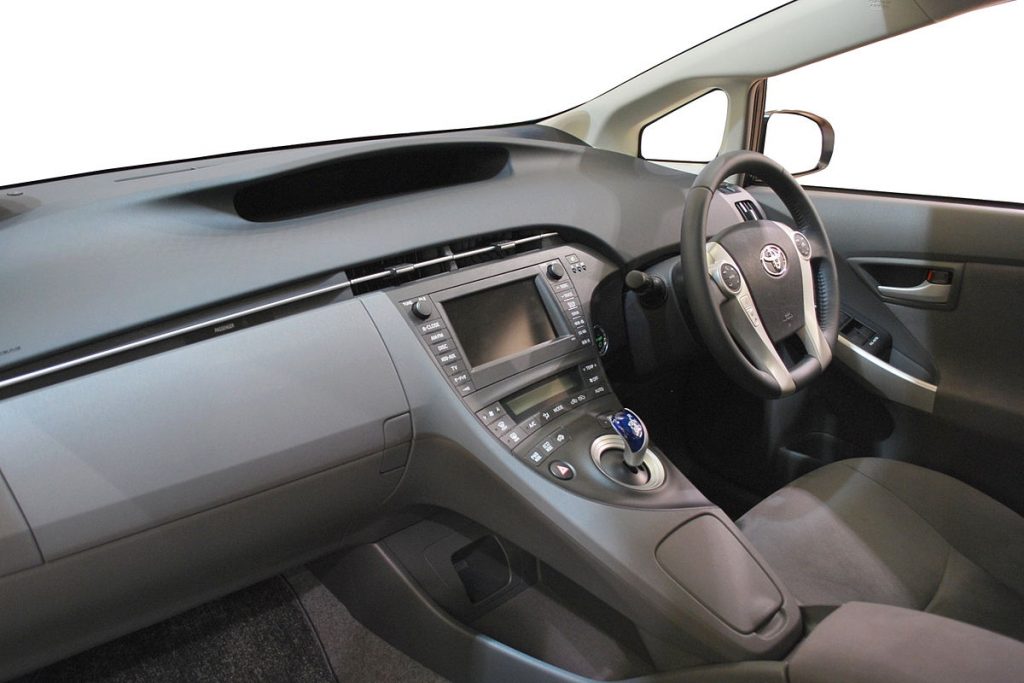
Symptoms of a Rack and Pinion Leak:
Identifying the symptoms of a rack and pinion leak early on can be instrumental in preventing further damage and ensuring your safety on the road. Some common signs to watch out for include:
- Fluid Puddles Under the Vehicle: One of the most apparent signs of a rack and pinion leak is the presence of power steering fluid puddles beneath your vehicle. The fluid is usually red or brown in color.
- Difficulty Steering: A gradual or sudden increase in steering effort can indicate a loss of power steering fluid, affecting the system's efficiency.
- Unusual Sounds: If you notice clunking or knocking sounds when turning the steering wheel, it could be a sign of a damaged or leaking rack and pinion system.
- Uneven Tire Wear: A compromised rack and pinion system may lead to uneven tire wear, as it affects the proper alignment of the wheels.
The Severity of Rack and Pinion Leaks:
Now that we've explored the causes and symptoms of rack and pinion leaks, let's discuss how serious this issue can be for your vehicle.
- Safety Concerns: A leak in the rack and pinion system can significantly impact your ability to control the vehicle. Steering becomes more difficult, especially at lower speeds, increasing the risk of accidents. This poses a serious safety concern for both you and other road users.
- Progressive Damage: Ignoring a rack and pinion leak can lead to progressive damage. What might start as a small leak can escalate into a major problem, causing further damage to the system and potentially resulting in a complete failure.
- Total Steering Failure: In extreme cases, a severe rack and pinion leak can lead to total steering failure. This means you may lose control of your vehicle, posing a significant risk of accidents and injuries.
- Cost of Repairs: Addressing a rack and pinion leak promptly is crucial not only for safety but also for financial reasons. The longer you delay repairs, the more extensive the damage becomes, leading to higher repair costs.
Conclusion:
In conclusion, a rack and pinion leak is a serious issue that requires immediate attention. Ignoring the symptoms or delaying repairs can lead to safety hazards, progressive damage, and potentially, total steering failure. Regular vehicle maintenance, including checking for fluid leaks and addressing them promptly, is key to ensuring the longevity and safety of your vehicle.
If you suspect a rack and pinion leak or experience any of the mentioned symptoms, it's advisable to consult with a qualified mechanic who can assess the extent of the damage and recommend appropriate repairs. Remember, your safety on the road is non-negotiable, and addressing issues promptly will not only keep you safe but also save you from costly repairs in the long run.
The Previous Articles:
What Is Rack and Pinion Bushing? How To Tell If Rack and Pinion Bushings Are Bad?
Why Steering Rack Makes Noise When Turning?
How To Rebuild A Steering Rack?
What Is A Rotary Valve Power Steering Rack?
Rack And Pinion System Vs Power Steering System: What Are The Differences?
Power Steering Rack Market Analysis Report (Japan Market)
What Causes Steering Rack to Go Bad?
Design Of Car Rack And Pinion Steering Racks
What Is The Intelligent Steering Rack Used By VW, Toyota, Honda And Renault?
Understanding Steering Angle Sensors: A Detailed Overview
Demystifying Power Steering Fluid: Understanding Its Role in Steering Systems
What is steering rack repair kit?
What is power steering reservoirs?
Understanding the Severity of Rack and Pinion Leaks in Your Vehicle
How to Find a Reliable Supplier of Steering Rack in China? Why You Should Choose Us?
What Is a Steering Rack Belt: Exploring the Role of Electric Steering Rack Belts
What Causes Drive Shaft Failure?
Steering Rack: When Should You Replace It?
Is Steering Rack Expensive to Fix? Exploring Steering Rack Repair and Costs
Demystifying the Difference Between Steering Rack and Steering Column

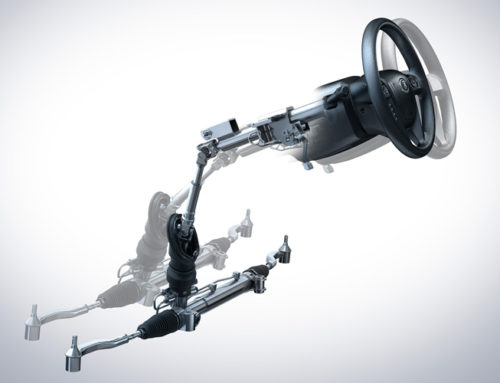
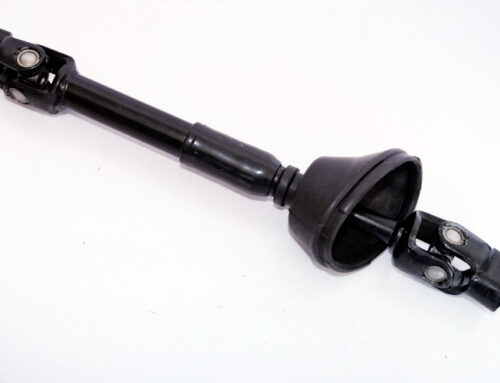
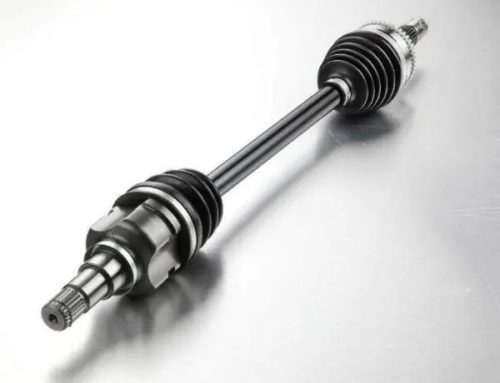
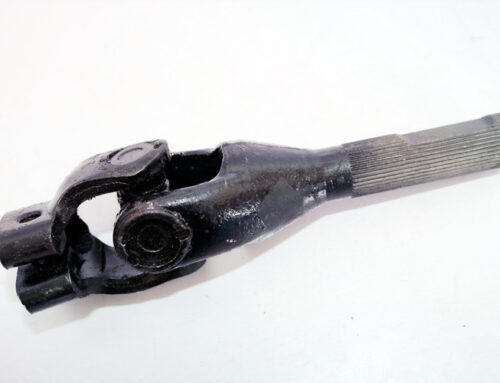

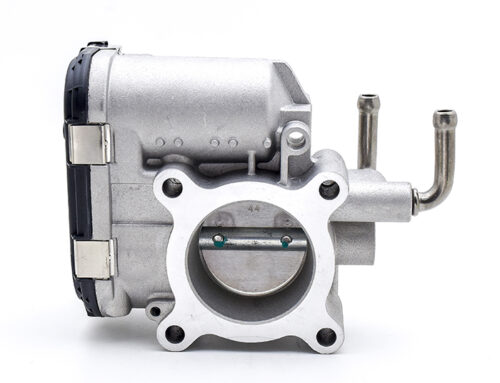
Leave A Comment